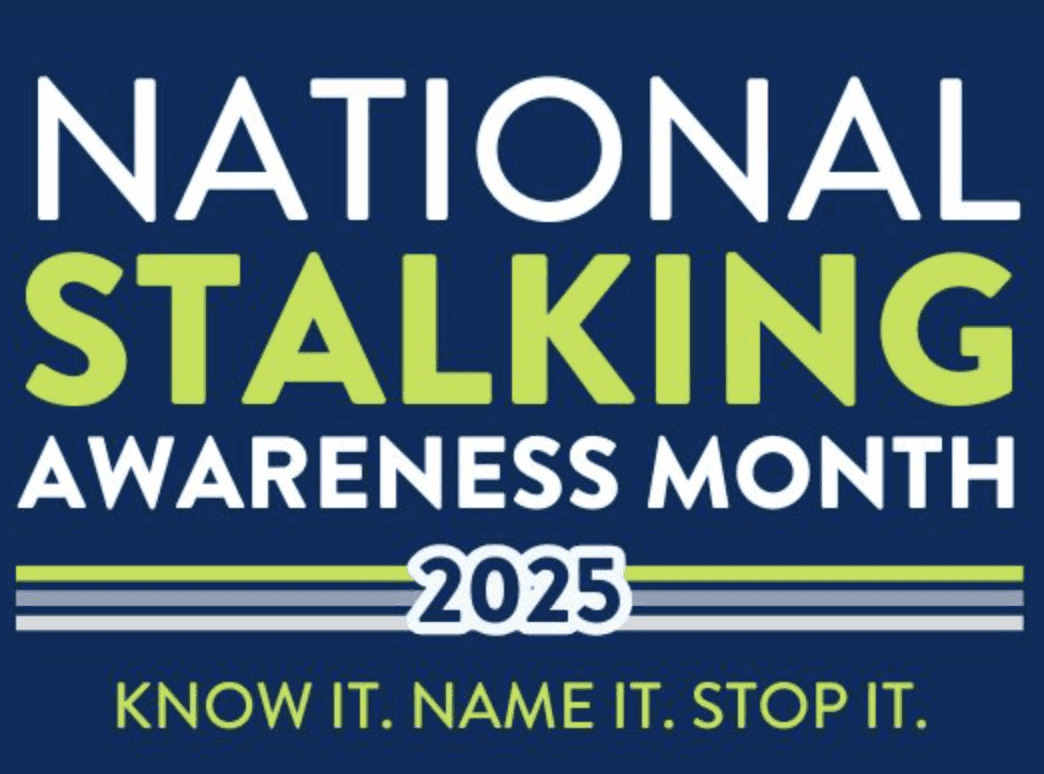Umbilical cord blood, traditionally discarded at birth, contains special cells called “stem cells” which can be used in the treatment of nearly 50 life-threatening diseases including certain cancers, such as leukemia, and immune and genetic disorders. Researchers are now looking to cord blood for answers to Stroke, Heart Disease, Diabetes, and Muscular Dystrophy, to name a few.
Cord blood preservation is not just for families with identified medical needs or for those who are at high risk. Most of our families choose Viacord because they want the comfort and confidence that comes with knowing that, should the need arise; their cord blood is available. Still others choose us because they are excited about the possibilities that stem cell science may provide in the future.
Other sources of stem cells include bone marrow and peripheral blood, however there are a number of benefits to using cord blood stem cells in transplants:
* There is no risk involved in the collection of cord blood. Collecting cord blood is a very simple and painless procedure, but it must be done at birth.
* Cord blood is much easier to collect and harvest without the risks of general anesthesia required to harvest bone marrow.
* Cord blood is readily available if needed (if collected and stored at birth).
* Cord blood has lower procurement costs compared with peripheral blood or bone marrow harvesting.
* Cord blood stem cells are a perfect match for your baby, have a 25% probability of being an exact match for a sibling (even greater chances of being a viable match), and can be potentially used for parents and grandparents.
* Opportunities for cord blood use are being discovered every year but, since each case is different, there is no guarantee that a cord blood transplant will be an appropriate treatment therapy or that it will provide a cure.
“Cord blood is abundantly available and relatively easy and inexpensive to collect… In addition, the risk of transmitting some viral infections (e.g., cytomegalovirus or Epstein-Barr virus) appears to be lower with cord blood. Marrow registry donors may age beyond acceptable years, may be lost over time, or may develop disqualifying diseases or infection.”
Cynthia A. Fisher; Marie B. McGrath; and Marie E. Cannon, M.D. Related and Autologous Cord Blood Banking, in Broxmeyer HE, ed. Cellular Characteristics of Cord Blood and Cord Blood Transplantation, Bethesda, MD; AABB Press, 1998.
Note: If you are considering this please get information from your doctor as soon as possible
Printed in Volume 1 Issue 12



